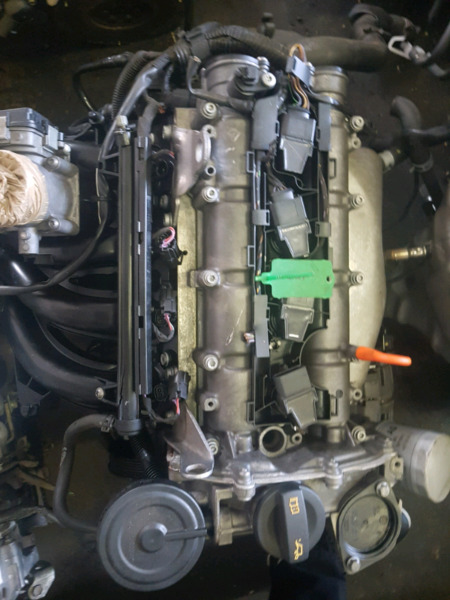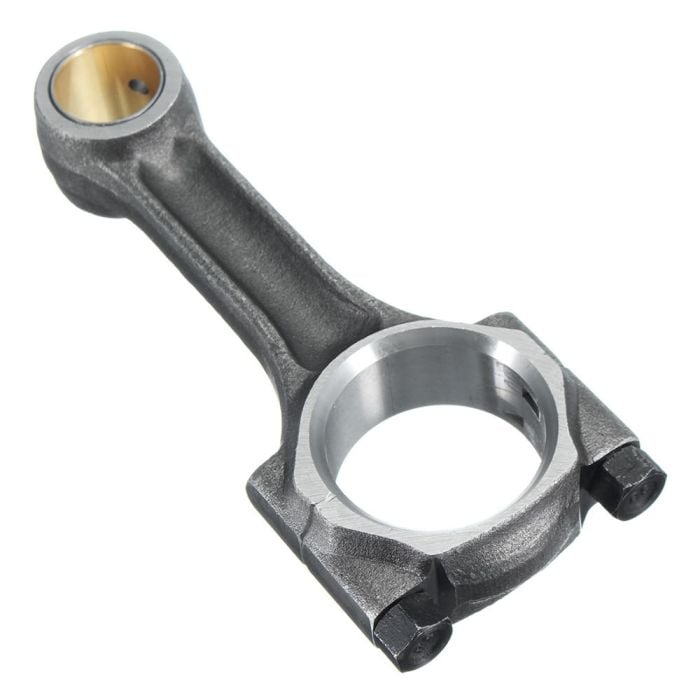Exactly How a Clp Engine Can Boost Effectiveness in Numerous Industries
The development of CLP engines marks a significant change in operational performance across numerous fields, driven by their capacity to maximize fuel intake and decrease downtime. As organizations increasingly prioritize sustainability together with efficiency, the function of CLP engines becomes also a lot more essential.
Overview of CLP Engines
CLP engines, or Continual Fluid Propellant engines, represent a substantial advancement in propulsion innovation, specifically for space applications. These engines make use of a constant feed system that enables the continual expulsion of propellant, causing improved efficiency and performance compared to standard solid or hybrid propulsion systems. By keeping a consistent flow of fluid propellant, CLP engines can accomplish a lot more precise drive control, which is critical for steering spacecraft in different goal circumstances.
The design of CLP engines integrates innovative products and innovative fuel management systems. clp engine. This causes minimized weight and boosted reliability, essential factors for long-duration room objectives. In addition, the constant procedure minimizes the threat of combustion instability, a typical challenge in conventional rocket engines.

Benefits in Manufacturing
The production of Constant Liquid Propellant (CLP) engines presents a number of significant advantages that boost both efficiency and cost-effectiveness. One of the primary benefits is the streamlined production procedure, which decreases the intricacy related to traditional propulsion systems. By using fluid propellant, manufacturers can achieve greater accuracy in engine performance, resulting in enhanced power output and minimized waste.
In addition, CLP engines help with a greater degree of modularity, enabling less complicated integration into numerous manufacturing lines. This adaptability can considerably decrease lead times and enhance total functional adaptability. Using CLP technology additionally tends to lessen the requirement for comprehensive maintenance as a result of fewer relocating parts, which converts right into decreased downtime and functional costs.

Applications in Logistics
Leveraging Continuous Fluid Propellant (CLP) engines in logistics offers considerable advantages in functional efficiency and dependability. These engines offer a durable remedy for various transportation requirements, enabling the seamless movement of products across huge distances. The integral layout of CLP engines enables regular power output, which translates into smoother and a lot more predictable transportation schedules.
Among the crucial applications of CLP engines in logistics is in heavy-duty products transportation, where they can drive both ground and aerial vehicles. Their capability to maintain high efficiency under varying tons conditions makes sure that delivery timelines are satisfied, thereby boosting consumer see here now fulfillment. Furthermore, CLP engines can be incorporated into automated logistics systems, facilitating real-time monitoring and enhancing route planning.
Furthermore, the longevity of CLP engines decreases upkeep downtime, allowing logistics business to maximize their functional abilities. This is especially beneficial in warehousing procedures, where efficiency in dealing with and carrying items is important. As logistics proceeds to progress, the integration of CLP engines represents a forward-thinking strategy that not just boosts efficiency however additionally supports the market's growing demands for reliability and speed.
Influence on Energy Efficiency
Just How do Constant Liquid Propellant (CLP) engines improve power performance in transport? CLP engines utilize a constant flow of liquid gas, enhancing burning procedures and keeping a secure drive result. This design reduces power losses connected with typical combustion engines, where gas delivery can vary and lead to ineffectiveness.
The continuous procedure of check my blog CLP engines enables a much more effective thermal cycle, causing higher specific impulse compared to traditional engines. clp engine. This converts to decreased fuel usage for the exact same quantity of job done, substantially decreasing functional prices throughout various transportation sectors, including aeronautics and maritime industries
Moreover, the capacity of CLP engines to maintain ideal performance under differing load problems reduces the need for frequent velocity and slowdown, additionally improving fuel performance. Boosted energy effectiveness not only adds to set you back savings yet additionally results in reduce greenhouse gas emissions, straightening with global sustainability objectives.
Future Trends and Innovations
Emerging innovations in Continual Fluid Propellant (CLP) engine modern technology assurance to revolutionize the landscape of transportation performance and sustainability. As sectors pivot toward greener choices, CLP engines stand at the leading edge, integrating cutting-edge materials and style methodologies that improve efficiency while lessening environmental influence.
Among the most appealing patterns is the adoption of crossbreed systems that integrate CLP engines with renewable power sources. This harmony can maximize fuel intake and decrease exhausts, straightening with worldwide sustainability goals. Additionally, improvements in computational fluid characteristics (CFD) are assisting in the layout of more aerodynamically effective engines, resulting in decreased drag and enhanced fuel performance.
Furthermore, the advancement of wise tracking systems is established to boost functional performances. These systems leverage data analytics and IoT modern technology to maximize engine performance in real-time, guaranteeing that the engines operate within their most effective criteria.
As research study proceeds to explore different propellant formulations-- such as biofuels and synthetic gas-- the future of CLP engines looks promising. By taking advantage of these advancements, markets can not just boost their efficiency yet also add considerably to a cleaner, more lasting future in transportation.
Conclusion
In have a peek at this site verdict, CLP engines stand for a substantial improvement in efficiency throughout multiple sectors. Their capability to optimize gas intake and decrease functional expenses, incorporated with a continual feed system, improves power result and operational dependability. The assimilation of sophisticated products and less moving components reduces upkeep requirements, while placement with sustainability objectives settings CLP engines as a critical modern technology for the future. Proceeded innovation in this area guarantees additional renovations in performance and environmental performance.